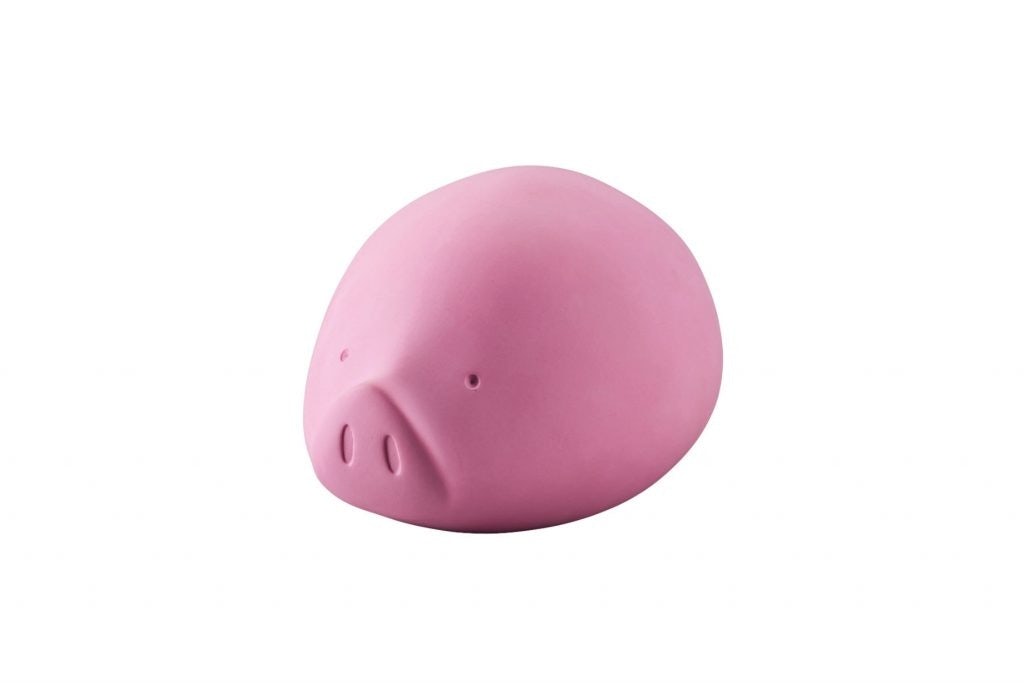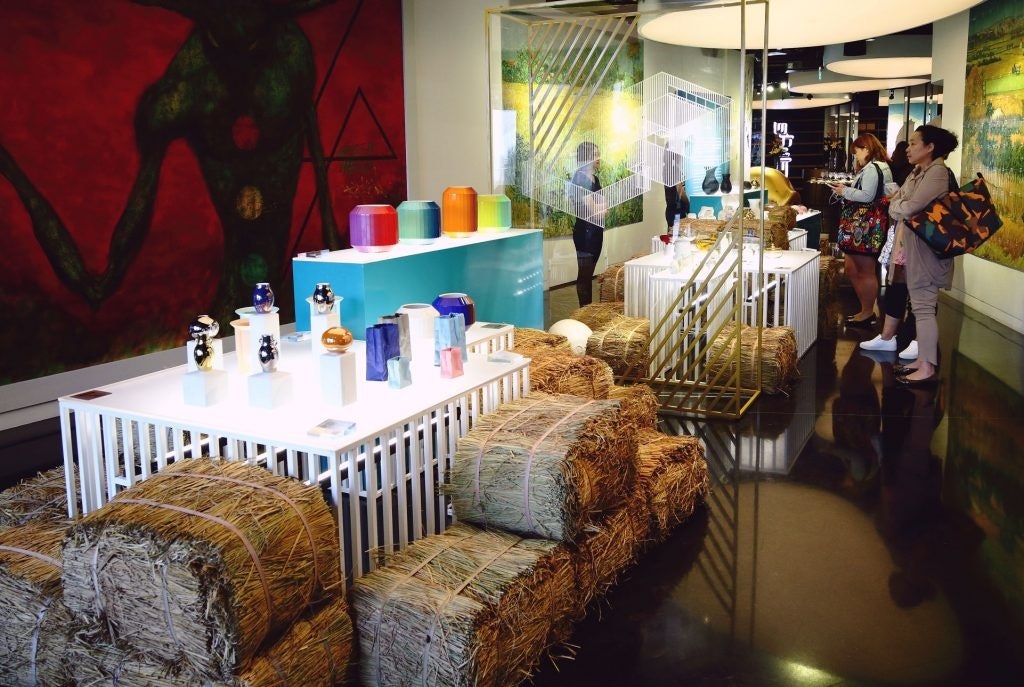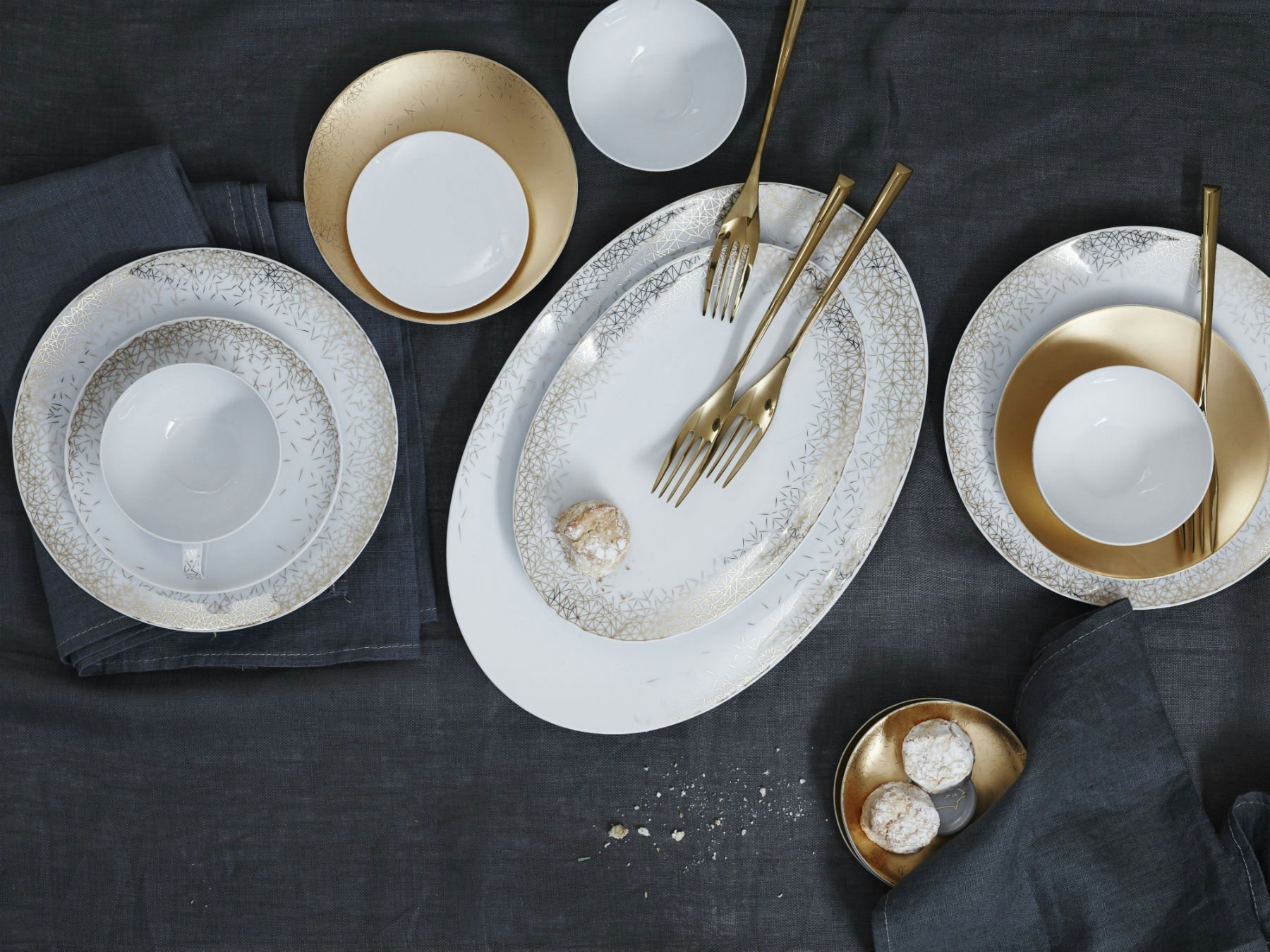European design has charmed Chinese luxury consumers when it comes to cars, fashion, and food, and German porcelain company Rosenthal is banking on this fascination with Europe to continue with dinnerware. Over the last 130 years, Rosenthal has made a name for itself internationally through collaborations with big names in design, including Andy Warhol and Salvador Dali, and it also has a portfolio of partnerships with renowned European brands, such as Versace. Now, as the son of Rosenthal founder Philip Rosenthal Jr. is celebrating his 100th birthday, the fine china manufacturer is preparing to celebrate a new series of achievements in China as it pushes further past its eight years in the market.
If the German designer was still alive, he might be marveling at how important China has become to his company. Despite the slowing economy, the brand is continuing to expand in China by opening more stores, including one in Beijing's luxury shopping center SKP and two more in Shanghai next year.

However, this past week, Rosenthal's latest marketing campaign in Beijing was centered not around store openings, but Rosenthal Jr.'s birthday. The Beijing Design Week event tells visitors a story involving Philip Rosenthal Jr.'s own pet pig, traditional dinnerware, and Bauhaus. Called “The Bauhaus Pigsty” and put on in collaboration with Chinese curation teams MY STUDIO and So Far So Good Studio, the exhibition showcases products that commemorate a bet Philip Rosenthal Jr. won in 1967 with Bauhaus founder Walter Gropius. Gropius was challenged to design a home for Rosenthal's pig Roro, and these design elements reappeared in London-based designer Ewelina Wisniowska’s ceramic TAC series tableware and German product designer Sebastian Herkner's minimalist porcelain piggy banks.

Rosenthal has also come out with several collections aimed specifically at the Chinese market in the past few years, such as its Zodiac Year Plates, which feature Year of the Goat and Year of the Monkey designs. Its Chinese clients are also big fans of Rosenthal's partner brand Versace, which has tapped Chinese cultural symbols in its collections, like the “Asian Dream,” a dinnerware pattern featuring red and gold dragons. From hotels to clothes to home décor, China's relationship with Versace encompasses a whole lifestyle, and it's this experience that Gianluca Colonna, managing director of Rosenthal, says Rosenthal wants to emulate in the Chinese market. Already, the brand sells not only porcelain tableware, but has started a furniture line, a porcelain watch line, and accessories for use outside of the dining room.
Rosenthal's push into lifestyle is a trend that's been embraced by a number of other upscale brands looking to appeal to affluent and upper-middle-class Chinese consumers. Its efforts also mesh with its exhibition host venue, Mercedes me—the German automaker opened its experience center in the spring to appeal to aspirational buyers in China by bringing them lifestyle products, art, food, and cars all in one place.
But Rosenthal's future in China is also dependent on Chinese consumers' attitudes toward home décor and dinnerware, which, despite cultural differences between the East and the West, have been changing in the last few years. “Chinese consumers are growing a lot, and they like to have brands from Europe that can bring a European feeling to their home,” Colonna said. “That is part of our goal, to not only adapt our products to the Chinese market, but to bring Chinese consumers European attitudes and its lifestyle.” Colonna added that these consumers are beginning to seek out products that not only have a familiar name, but deliver functionality alongside aesthetics.
To further consolidate these efforts, Rosenthal is currently on the lookout for Chinese designers to contribute to their collection in the same way that it has cultivated young design talent since bringing together its first team in 1908. Colonna said they have some names in mind, but they're still working to “find the best one who can really meld Chinese culture with the mood and spirit of Rosenthal.”
